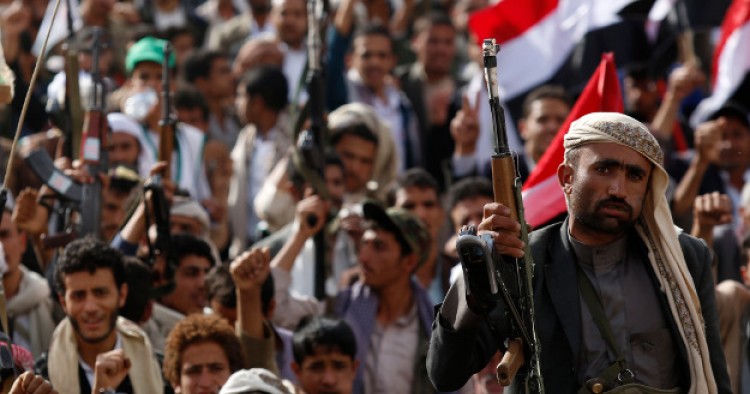Read the full article on LobeLog.
Three months after Saudi Arabia rounded up a few allies and began an intensive bombing campaign against the rebels known as Houthis across the border in Yemen, a conventional wisdom has developed. “It has not worked,” as The New York Times put it in a front-page article, and it probably can’t work because the strategic goals are too murky, the factions are too entrenched, the rivalries are too intense, and the conflict is too complicated to be resolved by a simplistic solution.
After the predictable failure of UN-brokered cease-fire talks in Geneva last week, there is no end in sight to the conflict. UN special envoy Ismail Ould Cheikh Ahmed, a Mauritanian diplomat, will visit Saudi Arabia and Kuwait soon to seek a draft peace proposal that might be presented to the Houthis, a UN spokesman told reporters on Friday. Even as he spoke, the bombing campaign continued, without any greater clarity about its objectives and timetable.
This is one time when the conventional wisdom is probably correct. It seems clear that the Saudis and their partners cannot achieve their stated objectives in Yemen through the air campaign. But they have no other strategy, or at least none that is visible from the outside. Those unhappy facts have now led some analysts to assess the conflict through a wider lens. Given that the Saudi endeavor was fraught with strategic and political risk from the beginning, some analysts now think that in undertaking it the Saudis walked—or flew—into an Iranian trap.
The Middle East Institute (MEI) is an independent, non-partisan, non-for-profit, educational organization. It does not engage in advocacy and its scholars’ opinions are their own. MEI welcomes financial donations, but retains sole editorial control over its work and its publications reflect only the authors’ views. For a listing of MEI donors, please click here.













